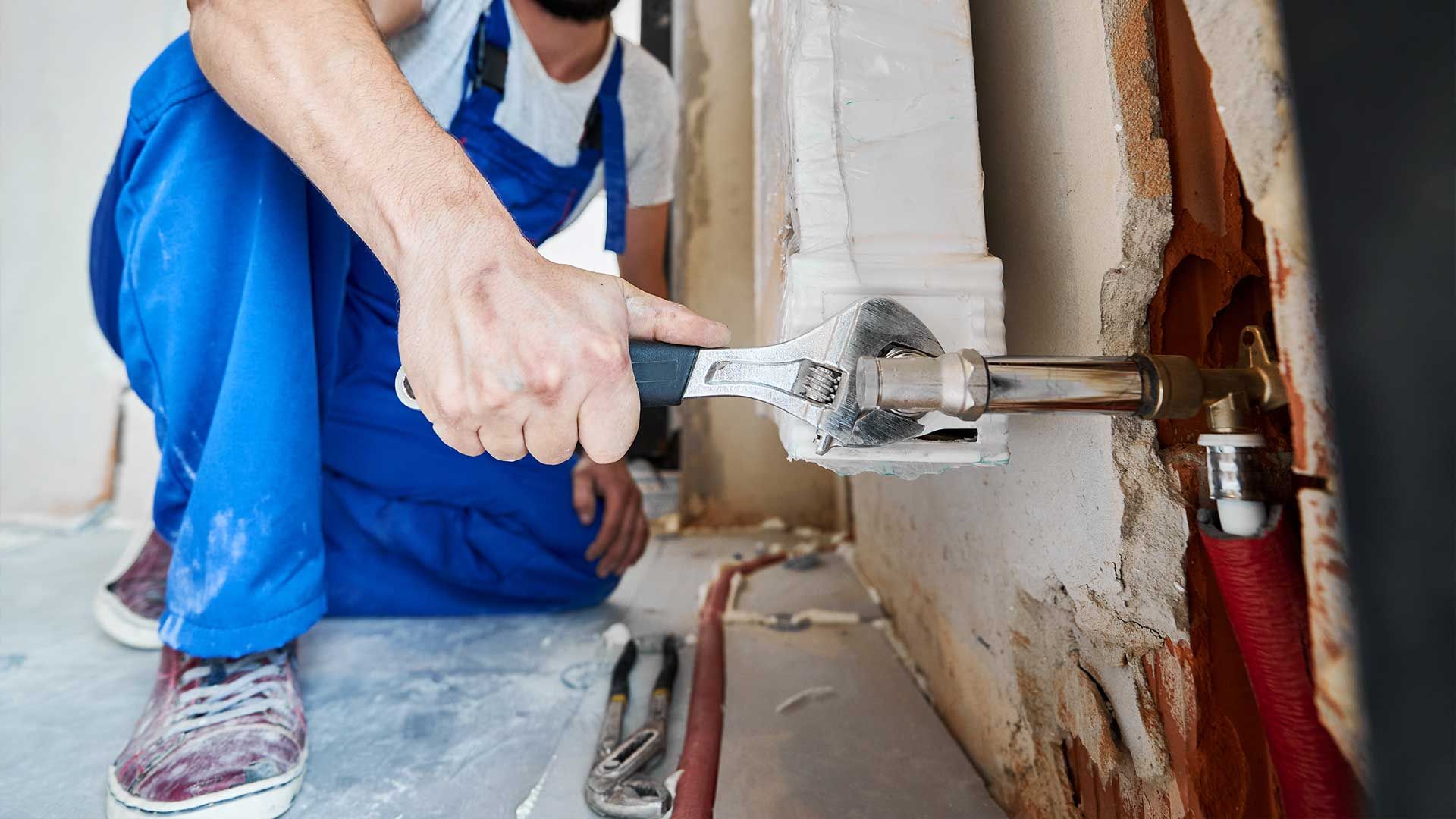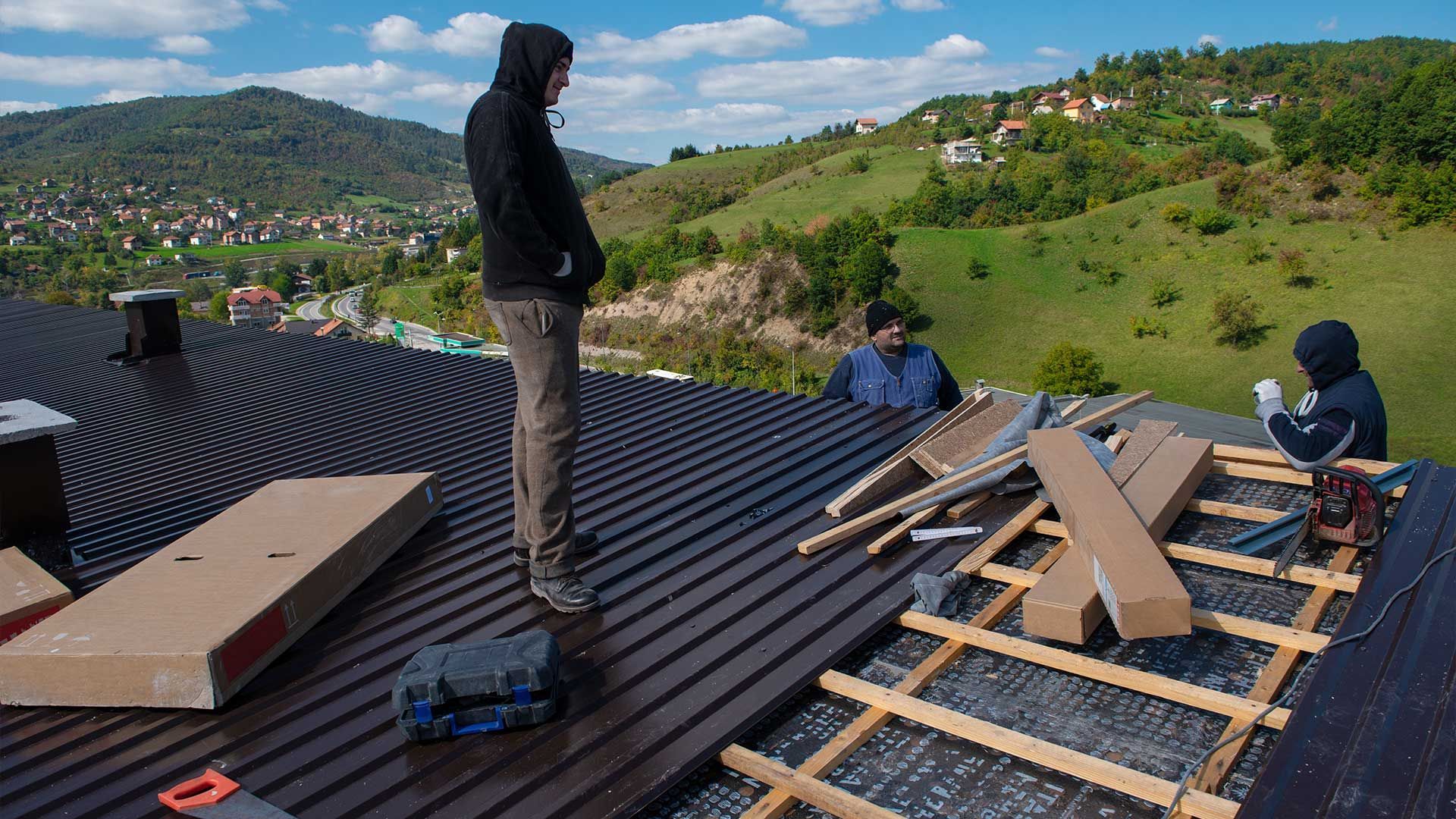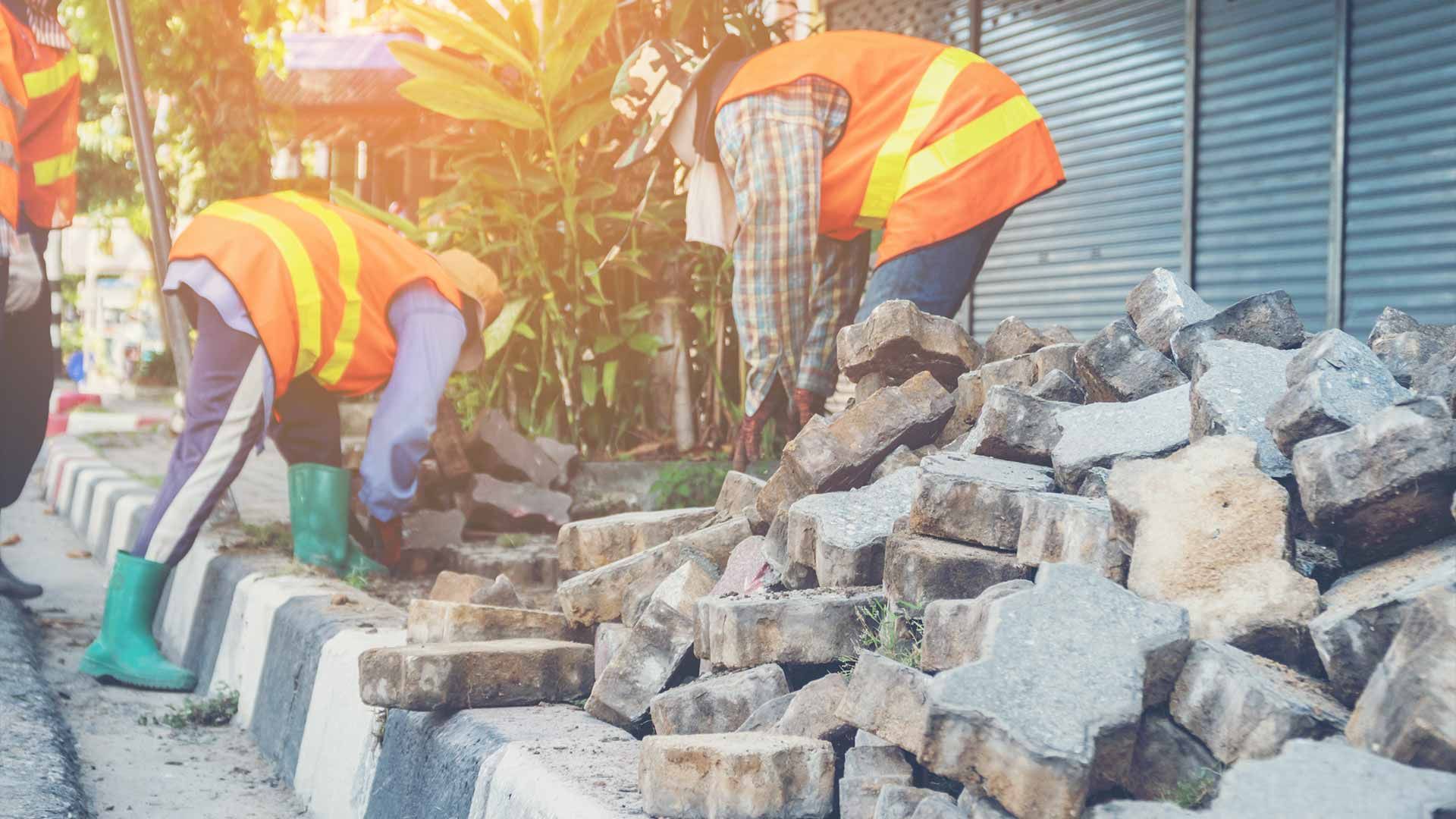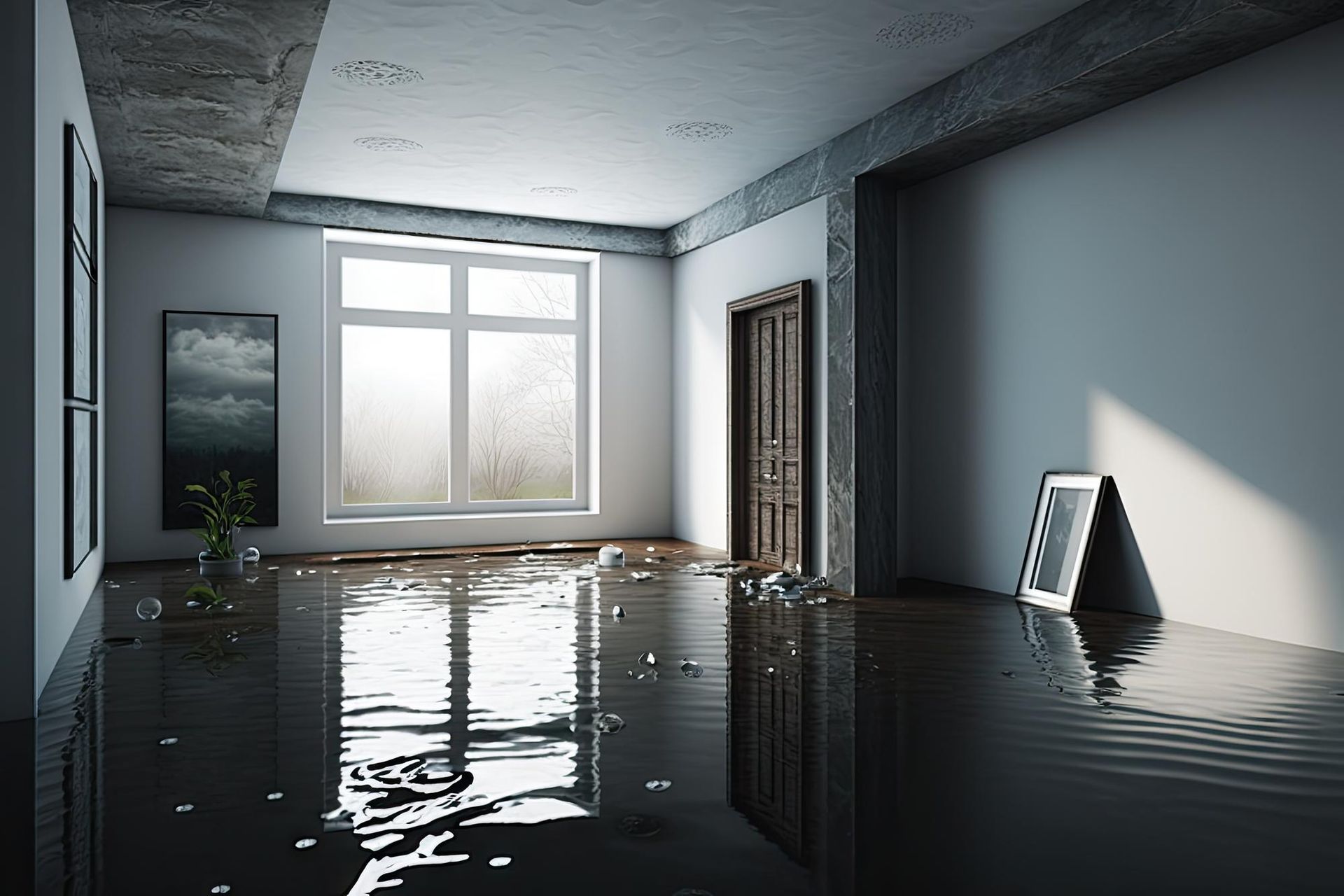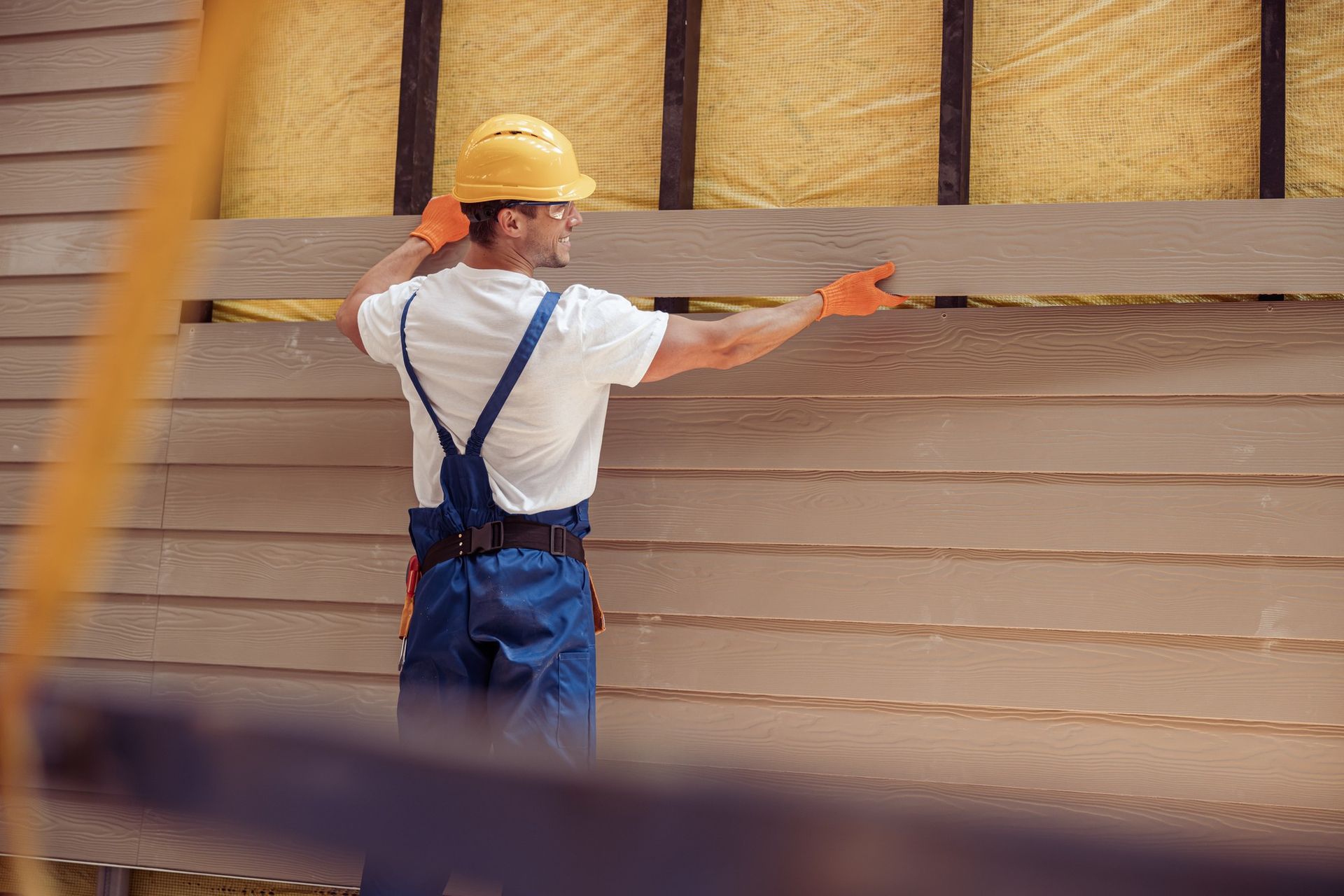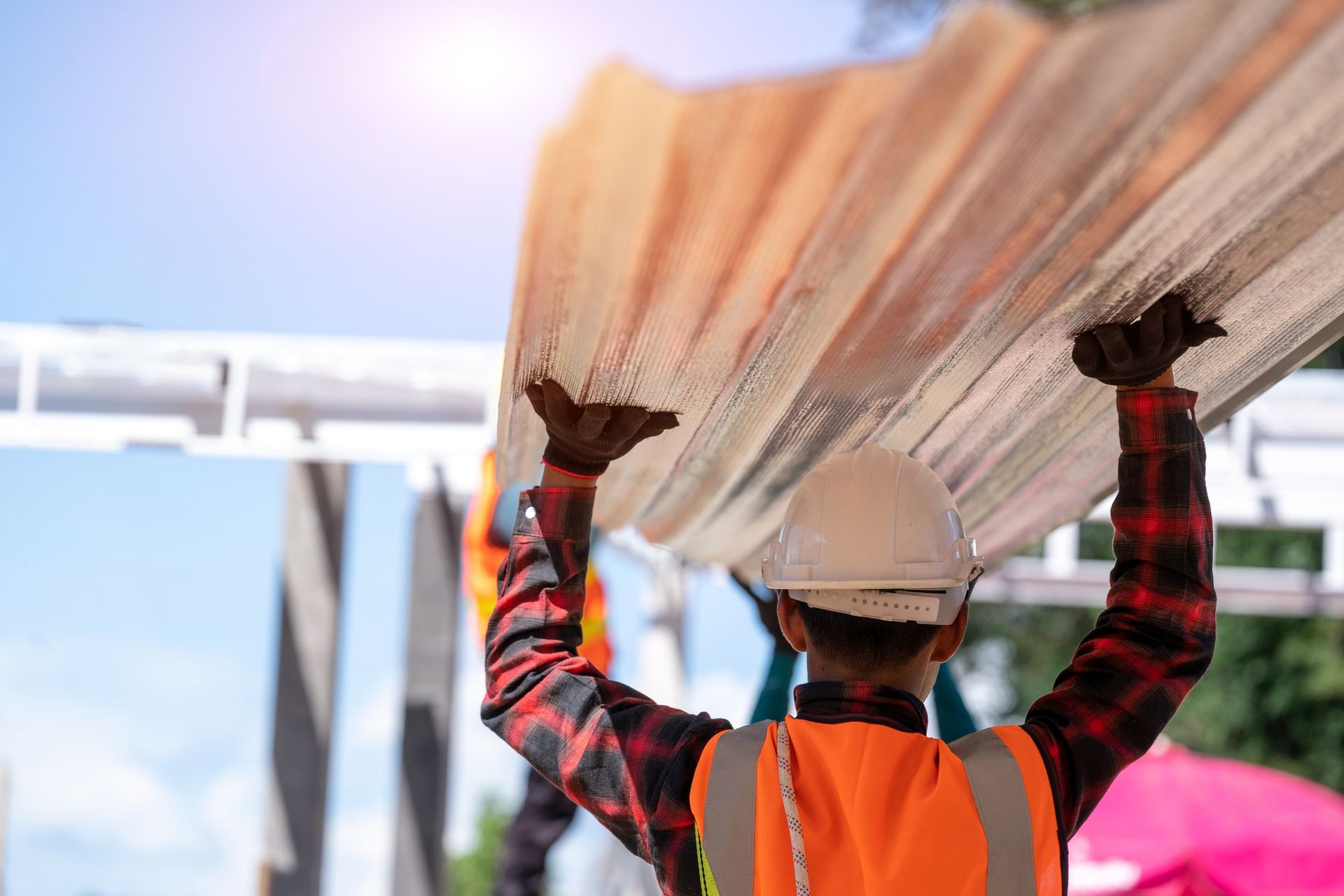Fire Damage Restoration: Restoring Your Home After a Disaster
In the aftermath of a fire, restoring your home to its former state can feel overwhelming. That's where fire damage restoration comes in. This comprehensive process involves assessing the damage, ensuring safety, cleaning up debris, and repairing the structure to make your home habitable again. In this article, we'll explore the essential steps involved in fire damage restoration and how professionals can help you through this challenging time.
When fire strikes, it's crucial to act swiftly and efficiently to minimize further damage and ensure the safety of your family and property. Fire damage restoration professionals are equipped with the knowledge, skills, and tools necessary to handle the restoration process effectively. By understanding what to expect during fire damage restoration, you can make informed decisions and expedite the recovery process for your home. Let's delve into the details of
fire damage restoration and learn how you can restore your home after a disaster.
Assessment and Inspection
The first step in fire damage restoration is a thorough assessment and inspection of the affected areas. Trained professionals will examine the extent of the damage, identifying areas that require immediate attention. This assessment helps create a detailed plan for restoration, outlining the necessary steps and resources needed to restore your home.
During the inspection, experts will evaluate structural damage, smoke residue, water damage from firefighting efforts, and potential safety hazards. By conducting a comprehensive assessment, restoration professionals can develop a customized restoration plan tailored to your home's unique needs.
Safety Measures
Safety is paramount during fire damage restoration. Professionals will prioritize safety measures to protect both occupants and workers during the restoration process. This may involve securing the property, addressing structural instability, and implementing safety protocols to prevent accidents or injuries.
Safety measures also include addressing potential health hazards such as
smoke residue, soot, and airborne contaminants. Restoration professionals will employ proper safety equipment and techniques to mitigate risks and ensure a safe working environment throughout the restoration process.
Damage Mitigation
After assessing the damage and implementing safety measures, the next step is damage mitigation. This involves taking immediate action to prevent further damage to your property. Restoration professionals will address issues such as water damage from firefighting efforts, securing the property to prevent unauthorized access, and mitigating any potential hazards.
Damage mitigation may include water extraction, drying out affected areas, boarding up windows and doors, and tarping damaged roofs to prevent further water intrusion. By promptly addressing these issues, restoration professionals can minimize the extent of the damage and prevent secondary damage such as mold growth or structural deterioration.
Cleaning and Restoration
Once the damage has been mitigated, the cleaning and restoration process can begin. This involves removing debris, cleaning surfaces, and restoring damaged materials to their pre-fire condition. Restoration professionals use specialized equipment and techniques to clean and sanitize affected areas, removing smoke residue, soot, and odors.
Depending on the extent of the damage, restoration may involve cleaning and restoring furniture, carpets, upholstery, and other belongings. Restoration professionals will also repair or replace damaged structural elements such as drywall, flooring, and roofing to restore your home to its
pre-fire condition.
Documentation and Communication
Throughout the fire damage restoration process, effective communication and documentation are essential. Restoration professionals will keep you informed about the progress of the restoration work, explaining each step of the process and addressing any concerns you may have.
Additionally, restoration professionals will document the damage and restoration process for insurance purposes. This documentation includes photographs, written reports, and estimates detailing the extent of the damage and the cost of restoration. By maintaining thorough documentation, you can streamline the insurance claims process and ensure that you receive the compensation you deserve.
Final Inspection and Completion
Once the restoration work is complete, restoration professionals will conduct a final inspection to ensure that your home has been fully restored to its pre-fire condition. During this inspection, they will assess the quality of the restoration work, ensuring that all repairs have been completed to industry standards and that your home is safe and habitable.
After the final inspection, restoration professionals will provide you with a completion certificate or report, documenting the work that has been done and certifying that your home is safe for occupancy. This marks the conclusion of the
fire damage restoration process, allowing you to return to your home with confidence.
Conclusion
In conclusion, fire damage restoration is a complex process that requires professional expertise and specialized equipment. By partnering with a reputable restoration company like Seaboard Building & Restoration, Inc., you can ensure that your home is restored to its pre-fire condition quickly and effectively. Our team of experienced professionals is here to guide you through every step of the restoration process, from damage assessment and mitigation to cleaning, restoration, and final inspection.
For expert fire damage restoration services, contact
Seaboard Building & Restoration, Inc. at
856-534-0132. Let us help you restore your home and regain peace of mind after a fire disaster.
Frequently Asked Questions (FAQs)
How long does fire damage restoration take?
The duration of fire damage restoration varies depending on the extent of the damage. Minor damage may be resolved in a few days, while more severe damage could take weeks to fully restore.
What does the fire damage restoration process involve?
The process typically includes damage assessment, debris removal, cleaning of soot and smoke residue, odor removal, structural repairs, and restoration of affected areas.
Can I stay in my home during fire damage restoration?
In some cases, it may be possible to remain in your home during certain phases of the restoration process. However, if the damage is extensive or poses safety hazards, temporary relocation may be necessary.
Will insurance cover fire damage restoration costs?
Most homeowner's insurance policies cover fire damage restoration, but coverage may vary depending on the specifics of your policy. It's essential to review your policy and speak with your insurance provider to understand your coverage.
How can I prevent fire damage in the future?
To minimize the risk of fire damage, ensure your home is equipped with working smoke detectors, practice fire safety measures, properly maintain electrical systems, and exercise caution when using heating appliances and open flames. Regular inspections and maintenance can also help identify potential fire hazards early.
